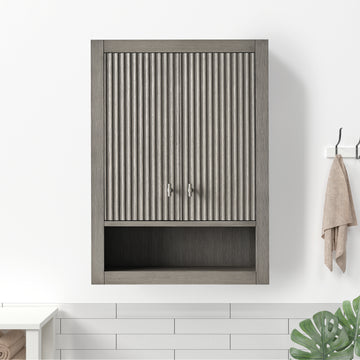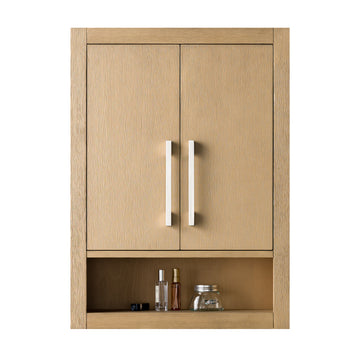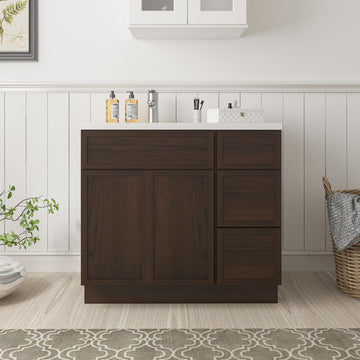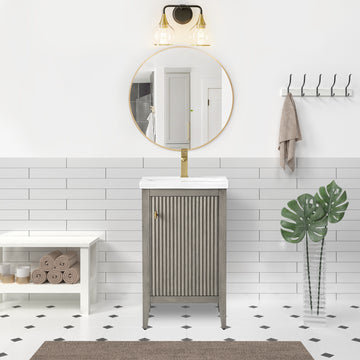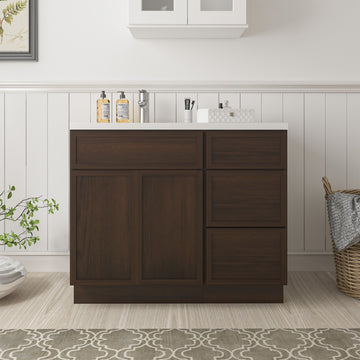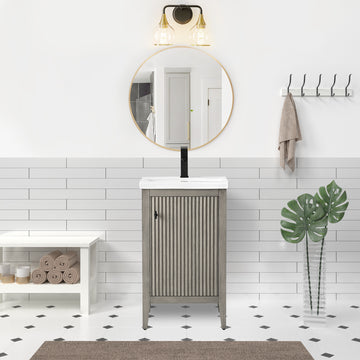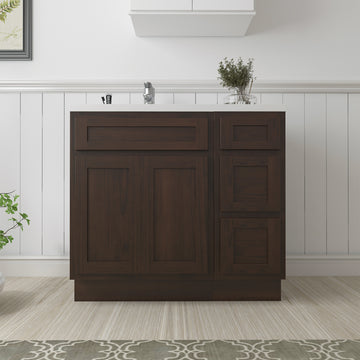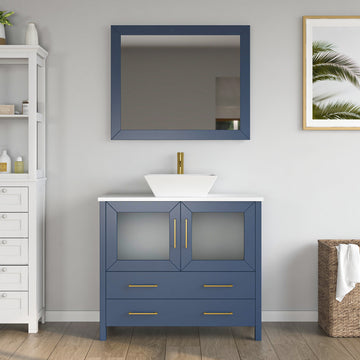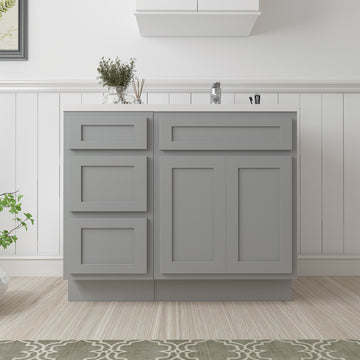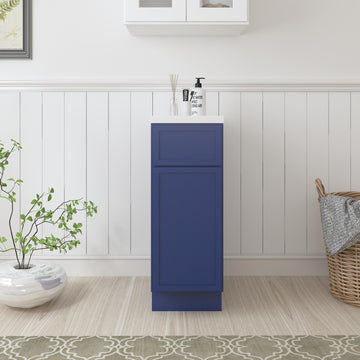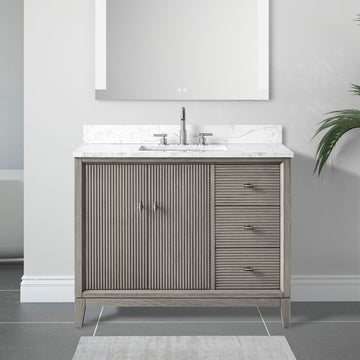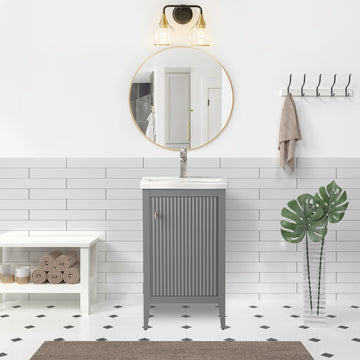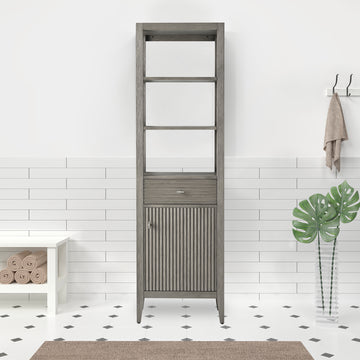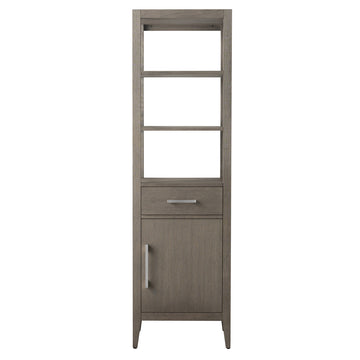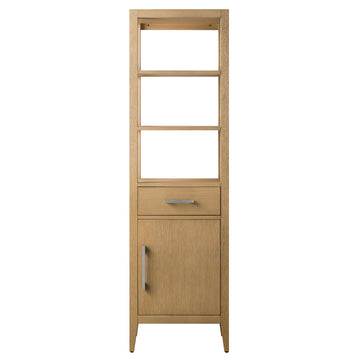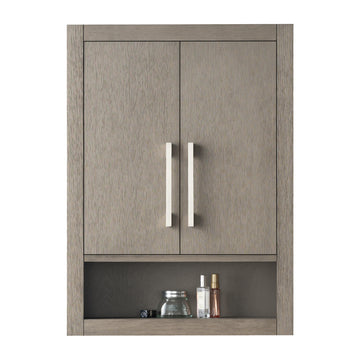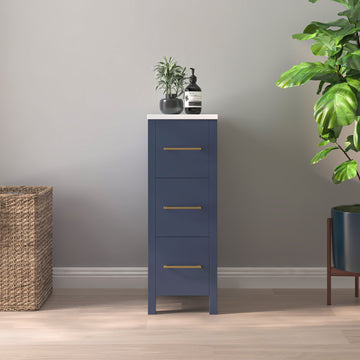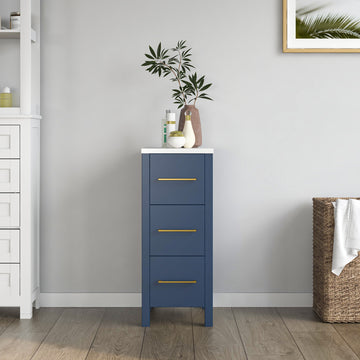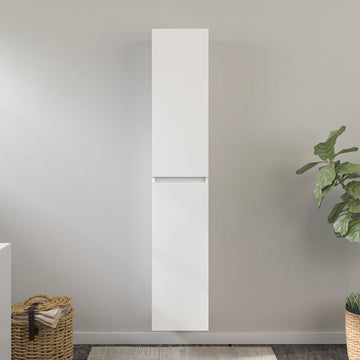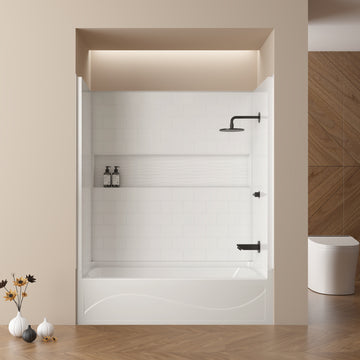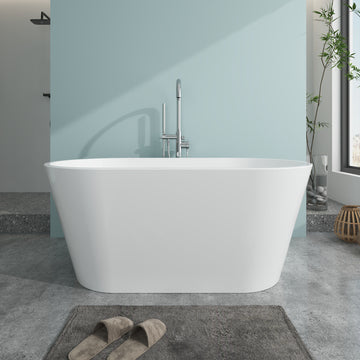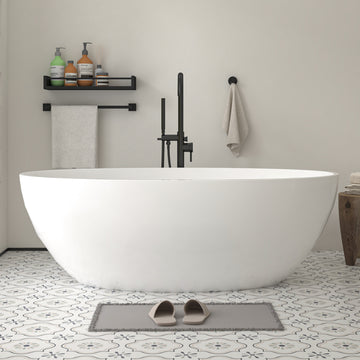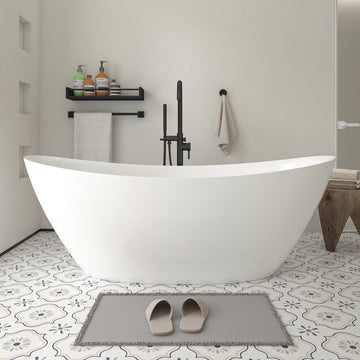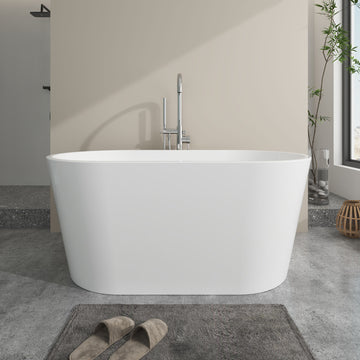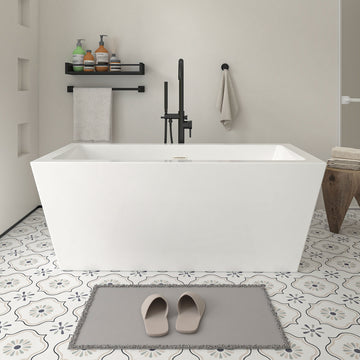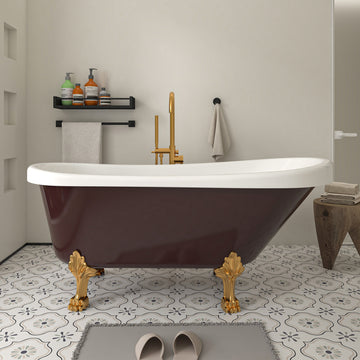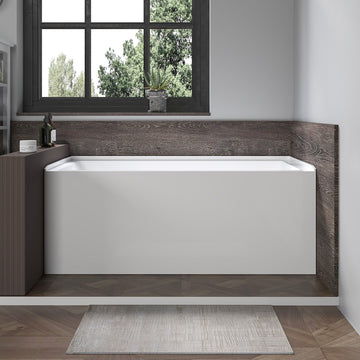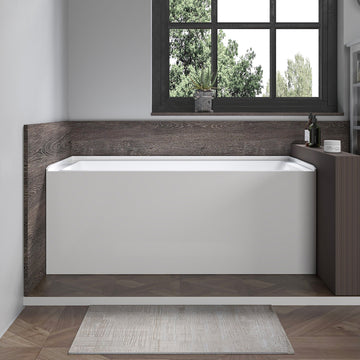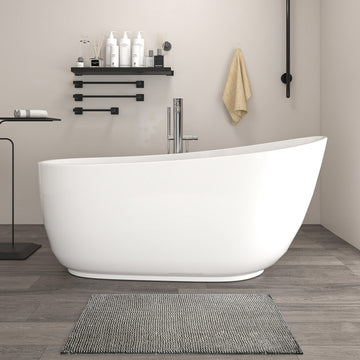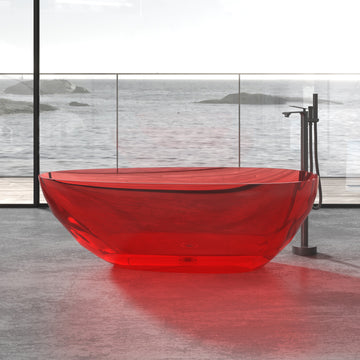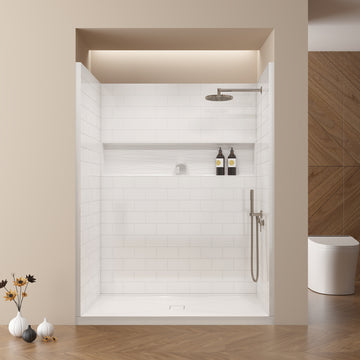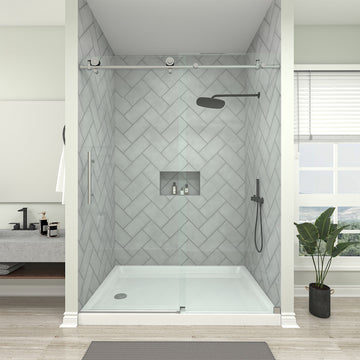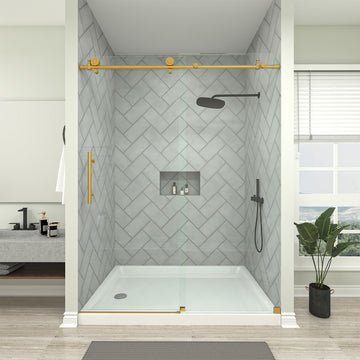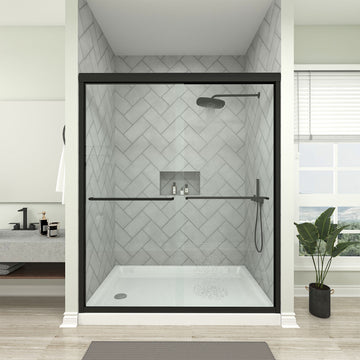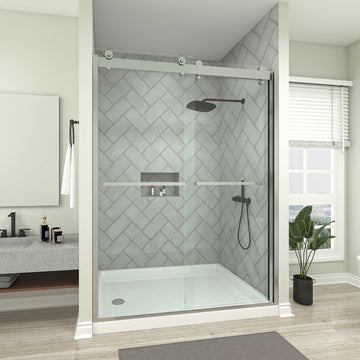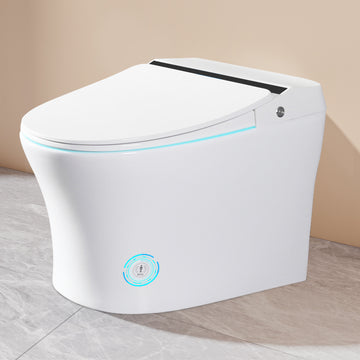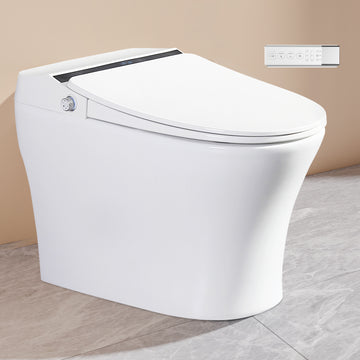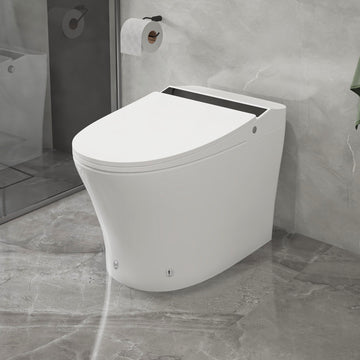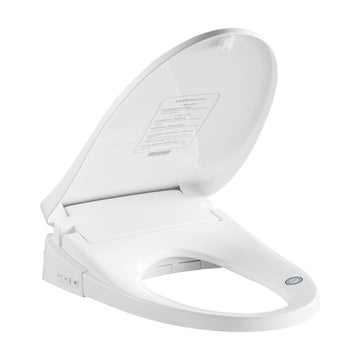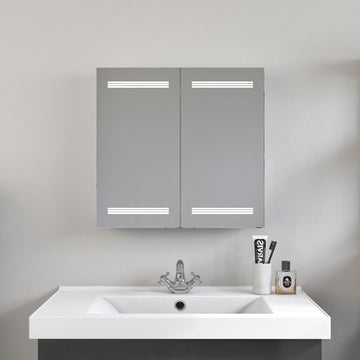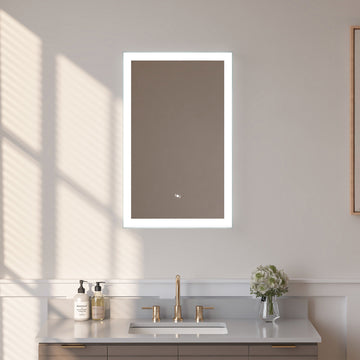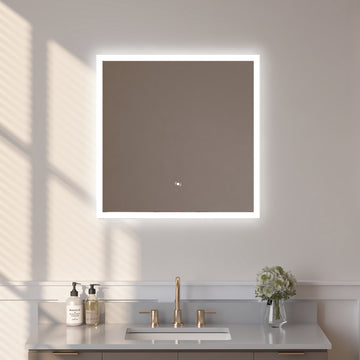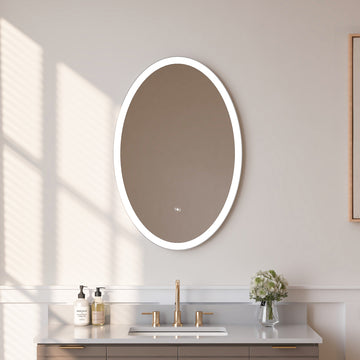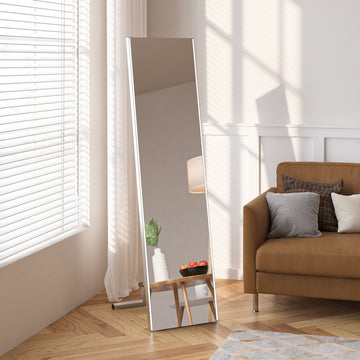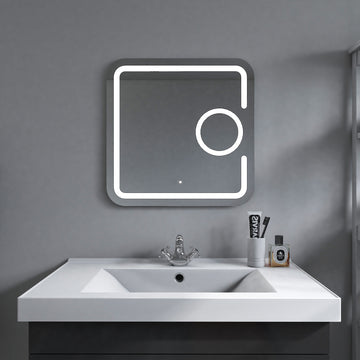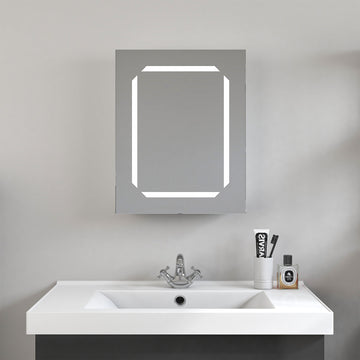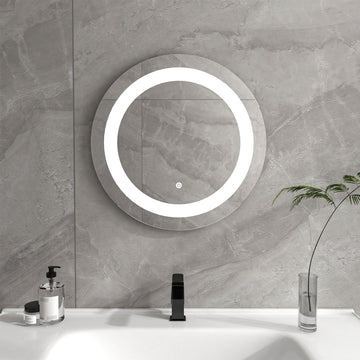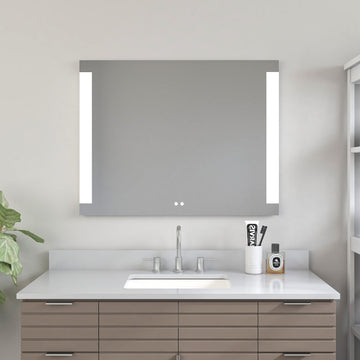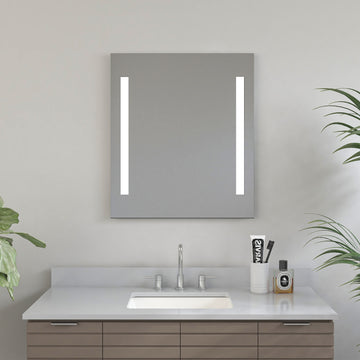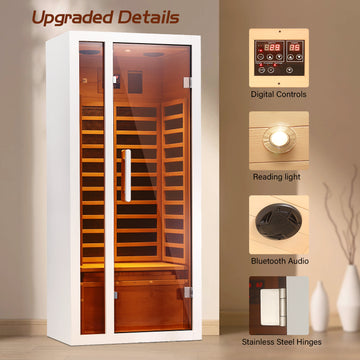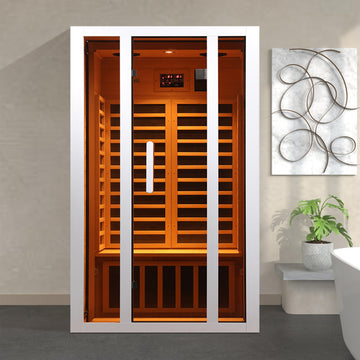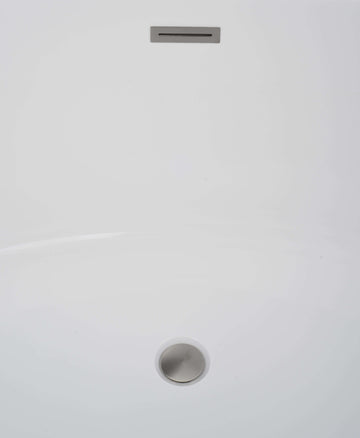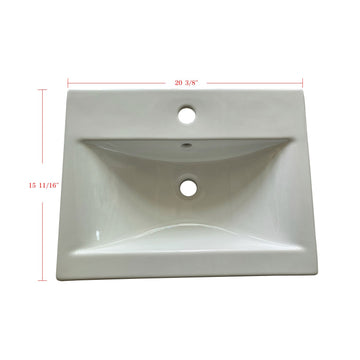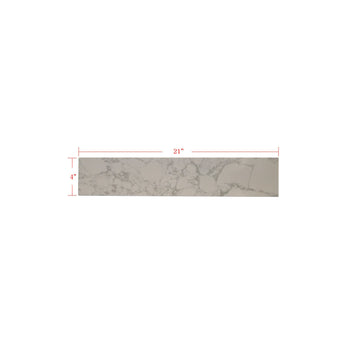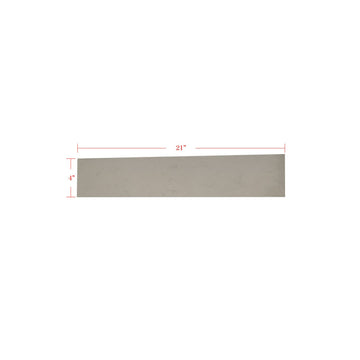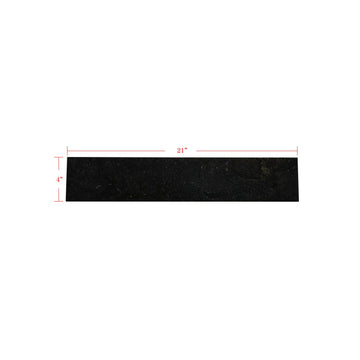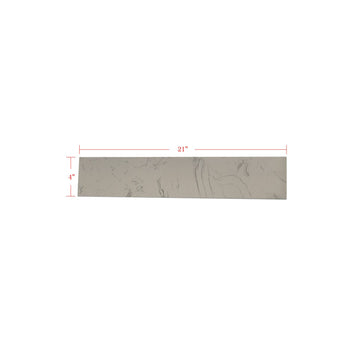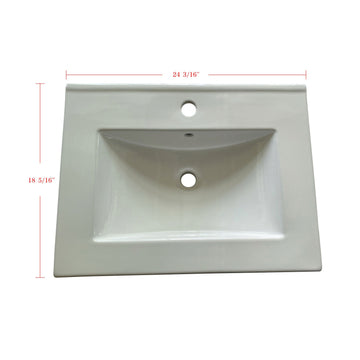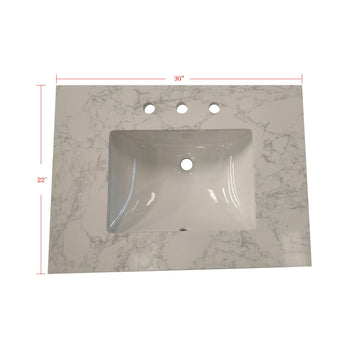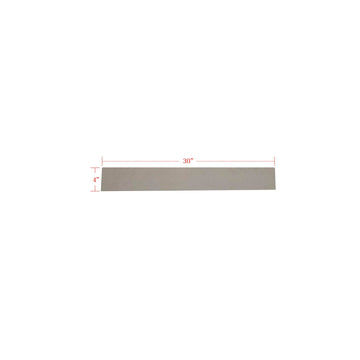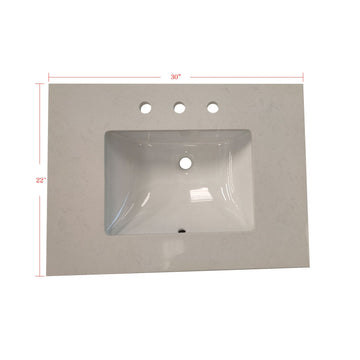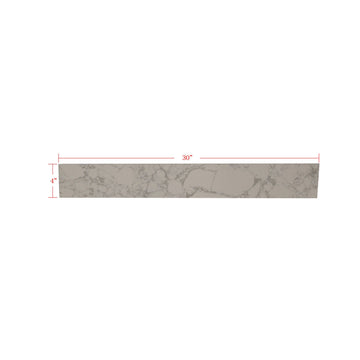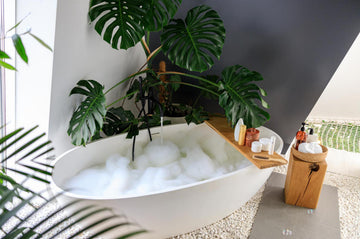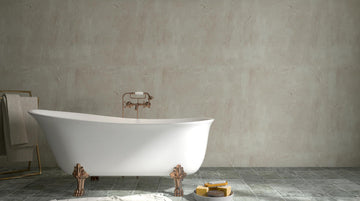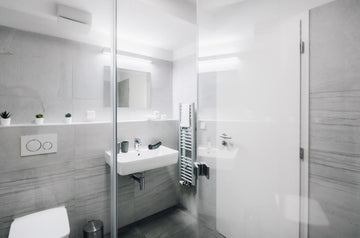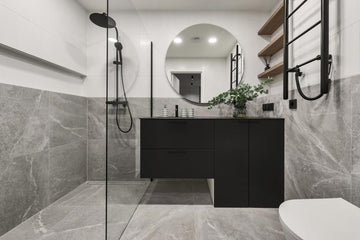The pedestal sink has been a recognizable feature in bathrooms for over a century. With its slim profile and classic shape, it’s easy to see why some still prefer it. Especially in smaller or traditionally styled spaces. But not everyone is a fan. Many homeowners today see pedestal sinks as outdated or lacking in practicality, especially when it comes to storage and functionality.
So where does it really stand in modern bathrooms? In this article, we break down what a pedestal sink actually is, the types available, its pros and cons, and whether it’s worth considering for your next remodel.
What is a pedestal sink?
A pedestal sink is a vanity without any storage spaces. It is a freestanding bathroom sink supported by a vertical column or “pedestal” beneath the basin. Unlike other vanities, it doesn’t include cabinetry or built-in storage. Its structure is simple: a wide sink basin mounted on a narrow base that conceals the plumbing and helps support the weight of the sink.
While the design originated in early 20th-century homes, pedestal sinks remain common today. The look ranges from traditional curves to minimalist, angular styles, making it a versatile option depending on your taste.
Pedestal sinks typically come in two separate pieces: the basin and the pedestal column, which are joined during installation. Most are made from porcelain or ceramic, though modern variations include glass, metal, or even stone for more decorative bathrooms.
In short, if a sink is supported by a narrow base, with no built-in countertop or cabinet, it’s most likely considered a pedestal sink. It emphasizes clean lines and open space, often at the expense of extra storage.
Pros and cons of a pedestal sink
Pedestal sinks have long been a favorite for certain bathroom styles, particularly where space is at a premium or when a clean, minimalist look is desired. Their vertical, freestanding structure makes them a natural fit for small bathrooms or powder rooms. With no bulky cabinetry below, they offer a lighter visual footprint and help open up the space. This design makes cleaning around and beneath the sink easier as well. There are no hidden corners or base cabinets to trap dust or water.
Visually, pedestal sinks carry a timeless aesthetic. Whether your bathroom leans traditional or contemporary, there's likely a pedestal sink that fits. Some homeowners favor them for their classic shape and elegance, while others appreciate how they draw attention to the shape of the basin and the faucet details. In well-designed bathrooms, a pedestal sink can act as a focal point, blending function with simple beauty.
However, they’re not without their limitations. The most obvious drawback is the complete lack of built-in storage or counter space. Everyday items like toothbrushes, razors, or soap will need to find a home elsewhere. Often requiring you to invest in wall shelving, baskets, or other storage furniture. This lack of utility makes them less practical in busy, shared bathrooms.
Installation can also be slightly more involved compared to a vanity. Since the plumbing must be neatly aligned and often hidden behind the column, any misalignment may require additional wall work or adjustments. Plus, because pedestal sinks are typically installed in place of vanities, they may also require floor tiling touch-ups if you're doing a replacement.
In short, pedestal sinks are better suited for those prioritizing form over storage. They work especially well in smaller or secondary bathrooms, where space is tight and visual clarity is more important than storage capacity.
Summary
-
Pros: Space-saving, easy to clean, timeless design.
-
Cons: No storage, limited functionality, trickier installation.
Should you invest in a pedestal sink?
Choosing a bathroom sink is a decision that affects daily function, storage, and even your home's resale value. Pedestal sinks, with their minimalist appeal and slim footprint, can be either a smart solution or a frustrating compromise depending on how you plan to use the space.
If you’re renovating a powder room or a small guest bathroom, a pedestal sink can be an excellent fit. These spaces are usually used for quick visits, so storage isn’t a major concern. What matters more is saving space and making the room feel open and less cramped. In this case, a pedestal sink creates a visually lighter room and removes the bulk of traditional vanities. It is an especially helpful feature in tight layouts.
For design-conscious homeowners, pedestal sinks can bring a lot of charm. In historic or vintage-inspired bathrooms, they maintain authenticity. In modern or transitional bathrooms, their sculptural shape and exposed plumbing can act as a subtle design statement. That said, this only works if you’re comfortable sacrificing surface area and storage. You’ll need to plan for additional storage solutions elsewhere, whether that means installing a medicine cabinet, wall shelves, or adding baskets and rolling carts.
But in a main bathroom or shared household space, the pedestal sink may fall short. The lack of counter space can be a daily frustration when multiple people need access to toiletries, hair tools, or cleaning products. If your morning routine involves several items: toothbrushes, skincare, razors. You’ll have to find creative workarounds to keep things accessible yet uncluttered. For families, this trade-off can quickly feel like more of a hassle than a design win.
There’s also the matter of cleanliness and plumbing. Pedestal sinks generally leave plumbing partially exposed, so if you’re not investing in well-finished pipes or covers, it can look unfinished. The area behind the pedestal is also harder to clean if it’s tightly installed against a wall. However, the underside is typically easy to mop or vacuum, unlike under-vanity spaces that tend to collect dust.
Cost-wise, pedestal sinks can be fairly affordable. But installation isn’t always straightforward. Since they don’t hide plumbing, your rough-in must be clean and precise. Swapping a vanity for a pedestal can also expose unfinished flooring or wall areas that need to be patched.
So should you invest in a pedestal sink?
Yes, if
-
You’re furnishing a small or low-traffic bathroom.
-
You value aesthetics more than storage.
-
You’re working with a design style that suits minimal or traditional fixtures.
No, if
-
You need everyday storage and surface space.
-
You’re renovating a high-use family or shared bathroom.
-
You prefer all-in-one functionality over form.
In short, a pedestal sink works best when you design around it — with a clear understanding of what it can and can’t do. It's a niche choice that, when paired with the right layout and storage plan, can serve both function and style. But in the wrong context, it can feel like form got in the way of daily comfort.

Final thoughts on pedestal sinks
Pedestal sinks aren’t for everyone and that’s perfectly fine. Their classic design and space-saving silhouette appeal to some, while others find the lack of storage and surface area too limiting for everyday life. What matters most is choosing a sink that fits your habits, your space, and your long-term comfort.
If you’re considering a pedestal sink, think beyond aesthetics. Picture your daily routine, the layout of your bathroom, and how much storage you truly need. In the right space, it can be a timeless and stylish addition. In the wrong one, it might feel like a compromise you didn’t need to make.
The best bathroom designs are the ones that balance form with function — and pedestal sinks can still play a role in that equation when chosen wisely.
FAQs
Can I install a pedestal sink in a small bathroom?
Yes, pedestal sinks are often chosen for small bathrooms because of their compact footprint. However, while they free up floor space visually, they don’t offer built-in storage, which could be a drawback in tight quarters unless supplemented with shelves or cabinets.
Are pedestal sinks outdated?
Not necessarily. While some homeowners consider them old-fashioned, pedestal sinks are still a staple in design-forward bathrooms, especially in vintage, traditional, or minimalist styles. The key is pairing them with the right fixtures and surroundings.
Can you add a cabinet or storage to a pedestal sink?
Pedestal sinks are not designed to support a vanity cabinet, but you can incorporate surrounding storage solutions like wall-mounted shelves, recessed niches, or standalone cabinets to make up for the lost storage space.
Are pedestal sinks hard to clean?
They can be slightly more challenging to clean than vanities since dust and grime can collect around the base and behind the pedestal. However, with regular upkeep and good access around the sink, cleaning is manageable.
Do pedestal sinks support all types of faucets?
Most pedestal sinks come pre-drilled with specific faucet configurations (usually single-hole or widespread). Always check faucet compatibility before purchasing to ensure a proper fit.
